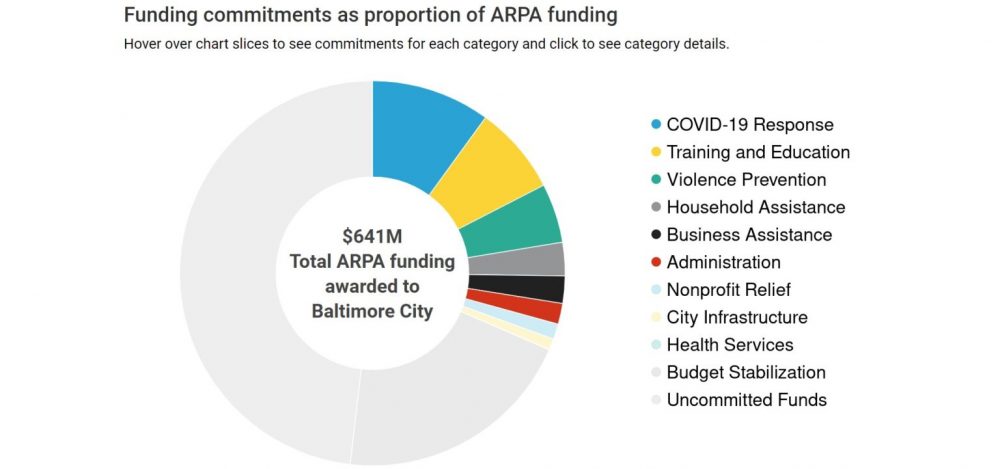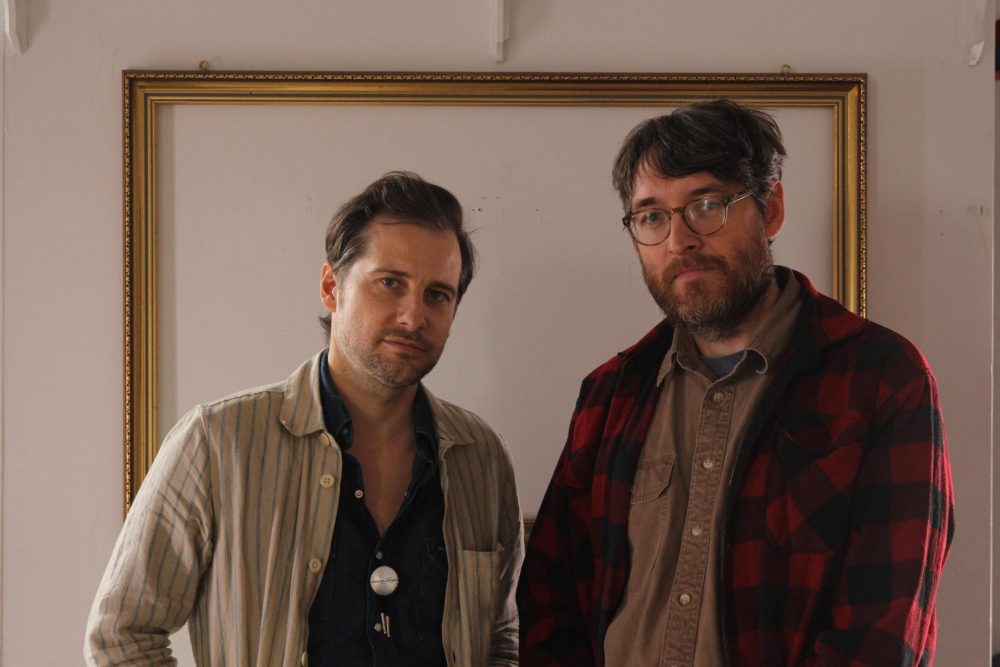Girl Wonder: Snail Mail’s Lindsey Jordan Skyrockets to Indie Stardom
by Lydia Woolever
Published February 14 in Baltimore Magazine
Excerpt: Lindsey Jordan looks a little lost. At 10 a.m. On the Monday after Thanksgiving, she pokes her head through the side door of the Ottobar with a quizzical look, as if unsure that she’d come to the right place.
She’s been to this veteran Remington rock club many times before, even as recently as two months ago, but not this early, or empty, with the crowds that usually file in under the dusty disco ball either back at work or still in bed after the long holiday weekend.
Then she spots us and walks in.
“Hi, I’m Lindsey,” says Jordan, extending her hand with a casual warmth and half-smile, seeming every bit the ordinary 22-year-old—a backpack slung over her shoulder, dressed in a white turtleneck, vintage blouse, slate-gray track pants, and Onitsuka Tiger sneakers, which altogether feels like a fashion nod to her birth year, 1999—even as a hot-pink photo shoot backdrop awaits her beside the stage.
She’s been home to visit friends and family, catching up on rest in her Ellicott City bedroom, where old Polaroids, concert ticket stubs, and Beach House posters still speckle the turquoise walls, where she practiced her first guitar chords, wrote her first songs, and eventually formed her first indie-rock band, Snail Mail.

















